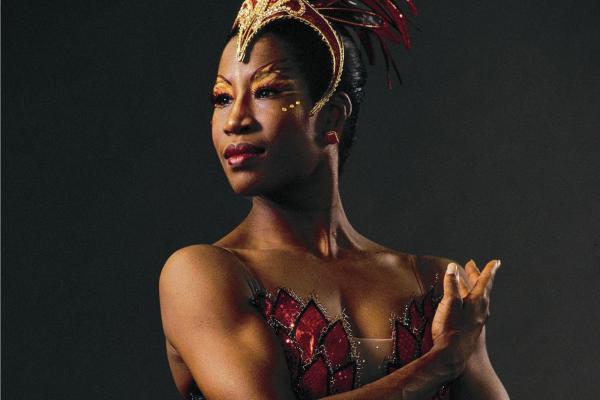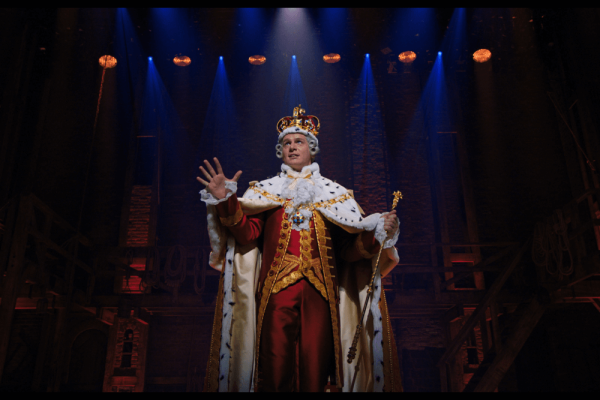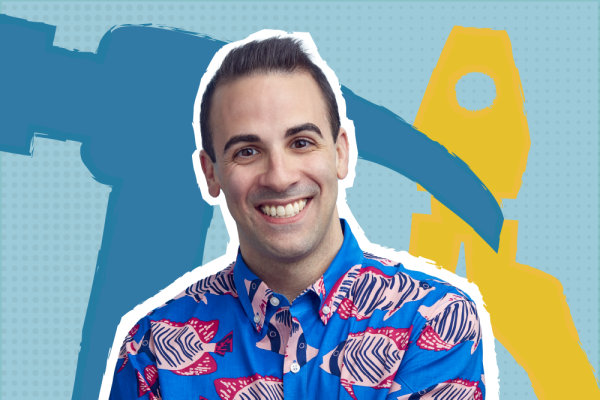BLACK BALLERINAS have long perfected the art of altering pink tights and ballet shoes to match their skin tones. The night before a class with company members of the Dance Theatre of Harlem, the first black classical ballet company, pots of water with multiple tea bags boiled on the stove in my home, so I could dye my legwear and footwear. It was a process my mother swore by—and it worked.
In November 2018, nearly 200 years after pink ballet shoes were designed for white dancers, the company Freed of London released pointe shoes in colors that match Asian and black skin tones. It’s a step in the right direction, even though the ballet world continues to be characterized by whiteness.
Lauren Anderson, the first black principal ballerina of the Houston Ballet and the first African American to reach the rank of principal dancer in the company, transcends the bounds of the often exclusive world of classical dance. Her brown pointe shoes are on display at the Smithsonian’s National Museum of African American History and Culture. She is a ballerina, a mother, and a teacher. “I get paid to do what I love,” she says gratefully. She is also a Christian.
I know this not just because our conversation is studded with words such as “church” and “God,” but because of the way Anderson talks about her life and how it fits into a larger context. She has a sense that she is positioned exactly where God wants her to be. She has a strong relationship with the Link School of the Arts in Michigan, a Christian dance school where she has taught, directed, and choreographed for nearly a decade.
Anderson is also the founder of the Holy Spirit Dancers, a dance ministry at her church. Her voice fills with pride as she describes to me how one of her now-college-age dancers has taken on the leadership of the dance ministry in her absence.
“I wouldn’t change a thing,” she says, reflecting on the trajectory of her life: marriage, divorce, firsts and milestones, moments close to God and moments far away from God, and, of course, her beautiful son. “I thought my purpose in life was to be a ballerina,” she says. “That ain’t have nothing to do with it!” At age 53, she sees her intent: giving back to her community and loving others.
As we talk, she sits in her office at the Houston Ballet, where she manages 17 unique outreach programs. In addition to overseeing those programs, she teaches students in the Houston Ballet’s Learning from the Masters program.
But for her, this isn’t enough activity. She also teaches at conservatories in Houston and across the country.
When Anderson was 9, she saw company members of the Dance Theatre of Harlem perform at Jones Hall in downtown Houston. She watched the legend Virginia Johnson, an African-American woman active in the dance world during the civil rights movement, move onstage. “I think when I went to that performance,” says Anderson, “it changed my life.”
Decades later, the Grammy-winning singer-songwriter Solange witnessed Anderson—then a principal dancer with the Houston Ballet—“glissade across the stage,” to quote T Magazine. Solange says it was a defining moment for her own artistic journey.
Today, the Holy Spirit Dancers at Anderson’s church, the young dancers at the conservatories where she teaches, and the children in the Houston Ballet programs she oversees are firsthand witnesses of a shift in classical ballet history, in American history. They can laugh with, talk with, listen to, and learn from that change. And what a gift that is.

Got something to say about what you're reading? We value your feedback!






